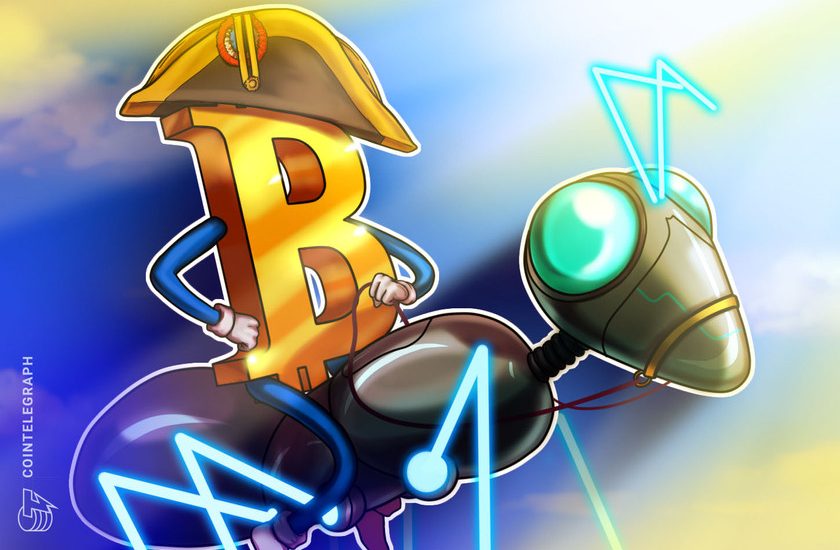- March 11, 2023
- Posted by: admin
- Category: BitCoin, Blockchain, Cryptocurrency, Investments


Silicon Valley Bank (SVB) collapse on March 10 has sparked fear, doubt, and uncertainty (FUD) across the crypto community.
Silicon Valley Bank (SVB) collapse on March 10 has sparked fear, doubt, and uncertainty (FUD) across the crypto community, leading many to come back to crypto roots, reviving the Bitcoin white paper published just weeks after the Lehman Brothers meltdown in 2008.
It’s truly amazing how many people are scared that a couple banks went down. Someone tell these people WHY BITCOIN WAS CREATED.
— Toby Cunningham (@sircryptotips) March 11, 2023
“There’s an entire generation of builders who only read about Lehman and the financial crisis and scoffed at Bitcoin. Now, their eyes are wide open. Welcome new friends,” stated on Twitter Ryan Selkis, founder and CEO of Messari.
in shock
that is all
the SPEED at which all of this is happening is unbelievable
— Meltem Demirors (@Melt_Dem) March 10, 2023
Approximately six weeks after the dramatic collapse of the American bank, Satoshi Nakamoto released the now famous white paper that paved the way for the emergence of the Bitcoin network.
Some people blame the SVB failure on the rising interest rates in the United States. The Federal Reserve increased its benchmark rate over the past year to more than 4.5% – the highest rate since 2007. In January, the inflation rate in the US was 6.4%.
Add “interest rate driven bank run” to the increasingly long list of “things I did not think I’d see in 2023”
— Sheila Warren (@sheila_warren) March 10, 2023
Many crypto and tech companies are affected by the collapse of Silicon Valley Bank. USD Coin (USDC) issuer Circle revealed it could not withdraw $3.3 billion of its $40 billion reserves from SVB, leading to a sell-off and the stablecoin’s price dropping below its $1 peg.
Less than 24 hours old and already experienced his first bank run. pic.twitter.com/PjqGh1UAXg
— Michael Bentley (@euler_mab) March 11, 2023
SVB, a Federal Deposit Insurance Corporation-insured bank, was about to shut down operations when Circle initiated a wire transfer to remove its funds. The stablecoin ecosystem felt an immediate effect as USD Coin depegged from the U.S. dollar. USDC’s collateral influence prompted major stablecoin ecosystems to deppeg from the dollar. Dai (DAI), a stablecoin issued by MakerDAO, lost 7.4% of its value due to USDC’s depegging, Cointelegraph reported.
Stablecoins
Stablecoins
Stablecoins
Stablecoins
Stablecoins
Stablecoins
Unstablecoins— Cope (@Timccopeland) March 11, 2023
Other popular stablecoin, such as Tether (USDT) and Binance USD (BUSD) continue to maintain a 1:1 peg with the U.S. dollar.
SVB was shut down by the California Department of Financial Protection and Innovation for undisclosed reasons. The California watchdog appointed the Federal Deposit Insurance Corporation (FDIC) as the receiver to protect insured deposits. However, the FDIC only insures deposits up to $250,000 per depositor, per institution and per ownership category.
